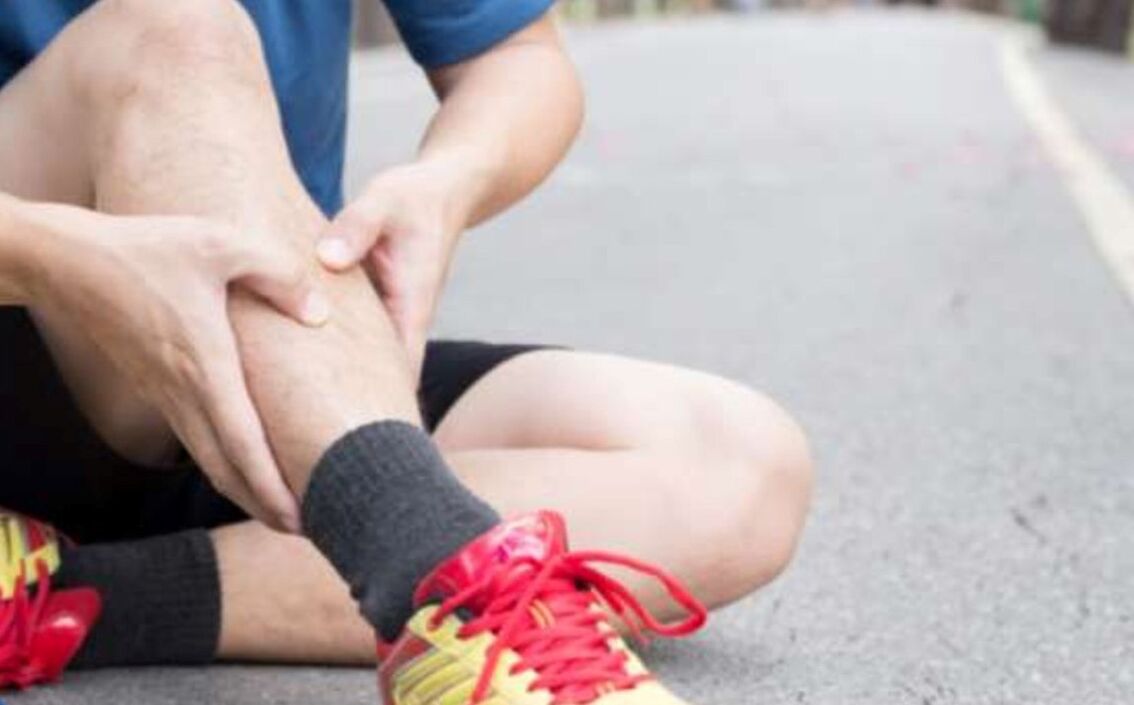Varicose veins are traditionally considered a "female" disease. However, this view is wrong, men also suffer from varicose veins. In addition, they bravely endure the manifestations and turn to doctors quite late, when the disease is already in its advanced stage and this is not surprising: men are not so worried about the visual consequences of varicose veins -spider veins, prominent veins - and few know that the disease can progress to the stage of trophic ulcer.

Varicose veins begin long before twisted, enlarged veins appear in the legs. This is a process that can progress and take an extended (chronic) course. Venous blood, which must flow from the bottom up from the legs and take metabolic products with it, gets stuck in the vessels. Inside the veins there are valves that prevent blood flowing backwards. As the disease progresses, the valves inside the veins stop closing completely, and some of the blood flows in the opposite direction. Due to excessive accumulation of blood, the walls of the veins dilate, becoming shaky. Blood circulation is impaired, swelling, pain occurs, and weight is felt.
If you do not take measures for treatment, varicose veins can lead to complications: thrombophlebitis (inflammation of the walls of the veins with the development of blood clots), dermatitis, trophic ulcers - open non-healing wounds with a risk of infection. In some cases, complications of the disease can lead to disability. Varicose veins are not just a leg vein injury, an equally serious problem for a man is the enlargement of the pelvic veins. In particular, it can contribute to the appearance of other problems, such as hemorrhoids.
What contributes to the development of varicose veins:
The main factors influencing the development of varicose veins are considered a sedentary lifestyle, sedentary work, overweight. Irrational eating also plays an important role. For example, due to the consumption of a large amount of meat dishes, spicy foods, starch, low in fiber, chronic constipation can develop, which increases the stagnation of blood in the veins of the pelvis and legs. The influence of alcoholic beverages is considerable: drinking alcohol provokes excessive relaxation of the venous wall. Varicose veins are already stretched, and alcohol increases the negative effects and contributes to the progression of the disease.
Signs of varicose veins:
- vascular networks or telangiectasis;
- varicose veins, varicose veins or varicose veins;
- skin stain, its dryness, thinning.
More specific symptoms that indicate the development of varicose veins may be:
- a feeling of fullness and heaviness in the legs;
- pain in calf muscles;
- itching, burning, tingling, and even night cramps;
- fatigue;
- a symptom of troubled feet.
How to treat varicose veins
Treatment of varicose veins should be comprehensive: a doctor chooses a treatment plan. It is advisable to adjust your lifestyle. Vein health benefits:
- physiotherapy;
- walk;
- not;
- cross-country skiing;
- bike
To help blood flow more actively through the veins, massage the buttocks, thighs, legs, feet is helpful. It should be light stroke and muscle twitching (from the buttocks to the legs), without touching the varicose vein areas themselves. The duration of the procedure is 5-10 minutes per day.
An important place in the treatment is given to special drugs that improve the tone of the veins - venotonics.
Venotonics is local and systematic
For example, topical, or external, is a preparation that contains three ingredients, which, thanks to an innovative system of distribution of substances, quickly penetrate the skin and help fight the heaviness in the feet and their swelling, leaving noa sticky sensation and marks on clothes and leather. . .
As a rule, local remedies are recommended to be used together with systemic venotonics (those taken orally, in tablets). It works at every stage of varicose veins, acts on the cause of varicose veins from the inside and helps to cope with pain and swelling in the legs. The drug is suitable for use: only 1 tablet 1000 mg per day.
Varicose veins are a disease outside the genus. It should be treated as soon as possible, starting at the first signs of illness. Approaches include lifestyle changes, wearing special compression stockings (for men, there are comfortable knee lifts) and the use of medication prescribed by a doctor.












































